I get to work with so many of our client’s enablement teams at revlogic, and I know we are all trying to solve the same puzzle: how do we keep things moving, stay connected to the business, and still have enough creative fuel left to do our best work?
BLUF: Unfortunately, there’s no perfect system for that. (sad trombone)
That said, over time, I’ve learned that staying steady isn’t about being perfectly organized. It’s about understanding when you do your best work and giving that time some breathing room. Here are some of my best tips on staying in control…mostly ;)
1. Identify and protect your creative windows
We all have a stretch of the day when our brains click into gear and we can actually create instead of just react. For me, that’s early mornings. When I figured that out and started holding it sacred, everything got easier.
My tip: Figure out when your best deep work time is and try to build around it.
- Block it on your calendar and label it for what it is: build time, deep work, quiet focus.
- Use it for anything that needs your best thinking or creativity.
- Push the quick-turn, reactive stuff to lower-energy hours.
My hot take: this is even more powerful if you can also shut down your email and turn off notifications during this time.
2. Use your calendar to reflect your reality
Your calendar isn’t just a never-ending list of meetings. It can be a great way to reflect on how your energy was used through the week.
- Color with intention - option 1. Pick shades that reflect the type of work and energy each block takes: deep work, collaboration, or admin. Then, at the end of the day, glance back. How do you feel about how you spent your time? That little “energy audit” can help you see where things might need to shift.
- Color with intention - option 2. Pick shades that reflect the actual work you are doing and who you are doing it for. Then, at the end of the day, you can do a time audit to see if where you are spending your time reflects your priorities and those of the organization. This can help you advocate for getting lower priorities off your plate and better understand your capacity and bandwidth.
- Keep it flexible. Calendars are living things. If your plan for that creative block or energizing project doesn’t hold, move it. Make it work for you, and make it reflect the reality of your day!

3. Let AI share the load
Tools like ChatGPT/Gemini/Claude/Grok can make the work lighter when used intentionally.
- Use project functionality so your ideas and your AIs memory stay consistent across longer term tasks and rollouts.
- Use it to summarize notes, pull themes, or outline next steps.
- Let it handle the heavy lifting while you stay focused on the parts that need a human touch.
Think of it less as outsourcing and more like lightening your mental load to give more space to your best thinking.
4. When everything feels urgent, step back
If everything is top priority, nothing really is. When you’re staring at a crowded to-do list, pause and ask yourself:
- What actually moves something forward today?
- What can wait until tomorrow or next week - and can I add time for it to my calendar?
- What only feels like a priority because it is noisy?
Sometimes the most productive thing you can do is say “not yet.”
Enablement will probably never be neat and tidy. That’s okay. The goal isn’t to completely eliminate the chaos but instead to find the rhythm that leaves us a little more space. I hope these tips help you feel a little more in control and excited about the work you’re doing!




.svg)




.svg)





















.svg)
.svg)
.svg)
.svg)